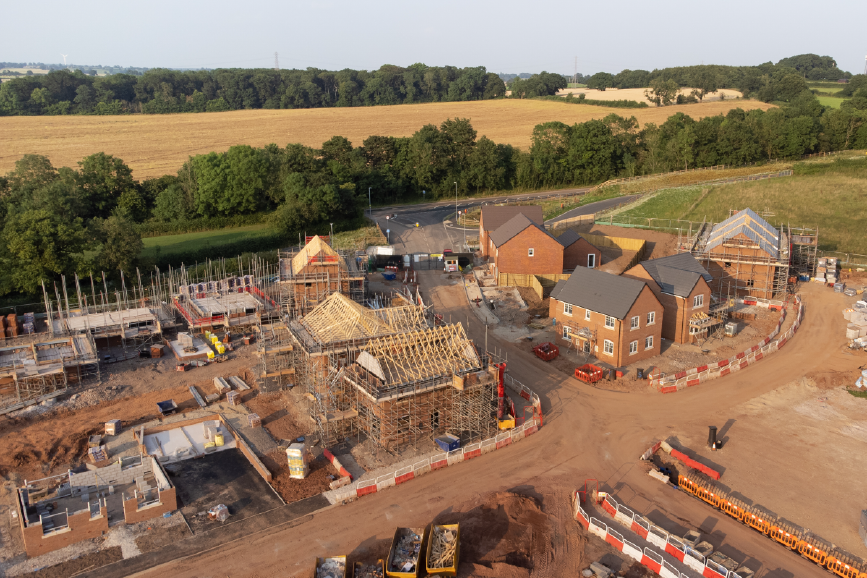
Building 1.5 million new homes over the next Parliament is among the new Labour Government’s top priorities by reforming the planning system in England, which many involved in the industry believe is long overdue.
How realistic are their bold targets and can this really bring land forward? Angela Brooks and Luke Brafield, Partners in our planning and development agency teams give their assessment.
Labour has pledged to drive forward economic growth and a new major housebuilding programme has been announced to help achieve that.
Planning reform will be key to unlocking sites, with the new Chancellor, Rachel Reeves, announcing that the Government will be consulting on a revised National Planning Policy Framework (NPPF) this month.
In addition, the new Housing Secretary, Angela Rayner, will be writing to local councils and planning authorities making it clear what will be expected of them, including Green Belt boundary reviews, and the introduction of grey belt land, to meet the 1.5 million home pledge; changes which the development industry has been anticipating for several months now in the build-up to the general election.
Fisher German welcomes the mandatory housing targets and the Government’s bold announcement that Green Belt boundaries will be reviewed. Green Belt is a spatial planning tool intended to stop urban crawl and coalescence from occurring. Sites designated as such are not always green and beautiful, as the public often believes and why development proposals on such land are often highly emotive for local communities.
Green Belt reviews that will enable land parcels to come forward for development are the only things that will help achieve the ambitious housing targets put forward. However, this will still take time, likely too long to achieve these figures within one political term.
Other more immediate solutions are required, one of which appears to be through ‘grey belt’ development. At the moment, there is a vague description about it meaning housing can take place on degraded areas of land, however, we need Labour to define what exactly they mean by ‘grey belt’ to understand more about how much housing such areas could realistically deliver.
It will be interesting to see which areas Labour wishes to push housing, as suggested areas of development have been very contentious over the years. There was a “mutant algorithm” introduced under Boris Johnson’s leadership to decide housing needs which the Conservatives back-tracked on because it would have led to more housing in Tory shires leading to turmoil on the backbenches. Instead, an “Urban Uplift” was introduced in 20 of the most populated cities to boost housing numbers in places like Leicester, Derby and Birmingham, but most of these areas have relatively tight boundaries so the opportunities to meet the housing targets were limited. If Labour removes this and something similar to the “mutant algorithm” was re-introduced, the spread of development would be more even and achievable.
New homes will only be delivered by the private sector so to get Britain building we will need to see those early reforms in the NPPF this month, with particularly more guidance on Green Belt and grey belt issues.
Strategic land promotion has become less predictable and more cumbersome with many land promoters and housebuilders focusing on land with less risk associated with achieving a planning permission.
Moving forward we expect activity and interest in strategic land to increase. Sites which under the previous Government failed to gain any traction for allocation or permission for residential development should be revisited to understand and evaluate any change in circumstance.
Our expert in-house team with specialisms across planning and development are best placed to advise clients looking to bring forward land for development. These bold planning reforms mean planning opportunities may never have been so bright for our clients.





